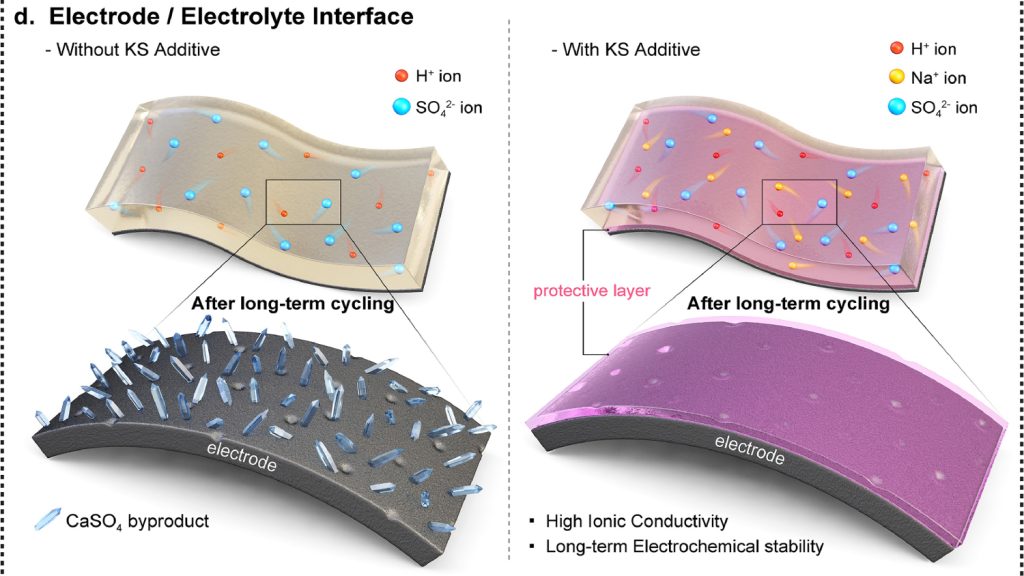Scientists from universities across the world have found a way to reduce the environmental impact of supercapacitors by using a waste gum produced by trees in India.
They combined gum kondagogu, a polysaccharide produced by the bark of the Cochlospermum Gossypium tree, with sodium alginate, manufacturing a spongelike biopolymer referred to as ‘KS.’
KS prevents supercapacitors from degrading, which takes place due to reactions between the acidic electrolytes and metal electrodes, reducing the supercapacitors’ ability to hold their full charge over time.
Disposing of supercapacitors contributes to pollution due to electronic waste, and the use of the tree gum will extend their lifespan, reducing the overall number manufactured and replaced.
Adding KS to the acidic electrolyte of a conventional supercapacitor helps to create a protective layer over its carbon electrodes, preventing degradation while still allowing the ion transport process which enables the supercapacitor to charge and discharge.
Lab tests showed that the supercapacitor’s performance improved significantly, allowing it to maintain 93% of its full energy capacity after 30,000 cycles. Over the same span, an otherwise identical supercapacitor maintained 58% of its energy capacity.
Researchers from the University of Glasgow, Ajou University, Chung-Ang University, Myongji University, and Amrita University contributed to the research and co-authored the paper.
The research builds on Dr Jun Young Cheong’s research into using biowaste in batteries at the University of Glasgow’s James Watt School of Engineering.
“Tree gums have a wide range of uses in industry,” he said.
“However, the gums we’ve used in this study don’t have many practical uses, and are actually a bit of a headache for the Indian government to dispose of. With this research, we’ve found a way of making something genuinely impactful from this gum.”






